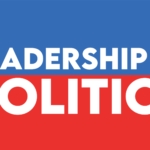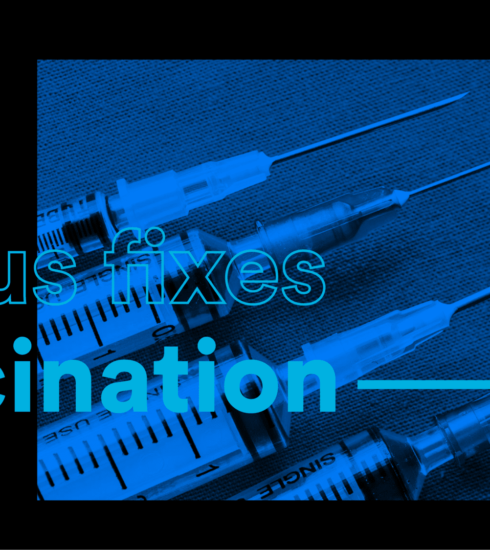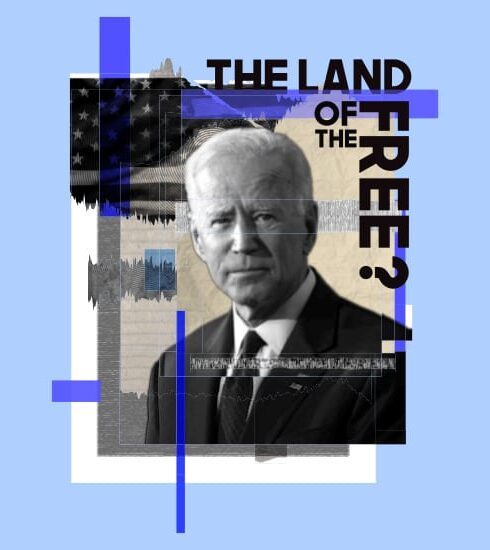Sarah Explains the Electoral System – Issue 18
While some of the pieces in this issue will tell you how we might vote or what we think is important we also wanted to educate. So we found our geekiest legal scholar and asked her to explain the legal system to you.
You know about voting, right?
You’ve heard your friends and families talk about who they want to vote for, which policies they like, who’s teeth they don’t like, and who they think would do the best job of “running this country into the ground”.
You learnt in High School that New Zealand was the first country in the world to allow women to vote, and that Kate Sheppard was the driving force behind this – if you didn’t then take a closer look at a $10 note next time you see one, and file that fact away for your next pub quiz.
You’ve definitely seen the Electoral Commission’s “Orange Guy”, who’s been compared to Donald Trump (and come off better in all categories), probably needs to put some clothes on, and just gets creepier and creepier the longer you look at him.
And, many of you have voted. You’ve turned up at the polling booth and put your two ticks down on paper. One Party vote, and one Electoral Representative vote. If you haven’t voted yet, then you’ve thought about it. And hopefully you’re thinking about voting in the 2020 election.
While you’re thinking about thinking about voting, now’s the time to answer an important, and somewhat confusing question – how does our electoral system actually work?
In New Zealand, our Parliament is elected under the Mixed Member Proportional Representation system (“MMP*”). MMP was first used in Germany, where it was introduced in 1949 under the name “Personalisierte Verh ltniswahl” and New Zealand adopted it nearly 50 years later. MMP hasn’t taken off around the world, and while the list of countries that do use it to elect their Parliament is quite short (think Bolivia and Lesotho), it is becoming more common each year. Countries such as South Africa, Scotland, and Thailand now use varying versions of MMP to elect parts of their governments. In 2015 Sri Lanka also announced that it will adopt MMP, and several discussions have taken place in Canada looking to move toward MMP.
While early to adopt MMP on a global scale, New Zealand hasn’t always voted this way – prior to 1994 our elections were held using First Past the Post (FPP), which put simply, saw the person who got the most votes, win.
FPP was good in theory, but in practice it meant that a lot of New Zealanders felt that their voices were going unheard, no matter how loud they shouted. In 1981, the NZ Social Credit Party won 21% of the NZ vote, and still only got 2 of the 91 seats in Parliament – you don’t have to be a statistician to work out that that’s not very fair.
After a lot of discussion, several referendums (votes about votes?), and some more discussion, New Zealand adopted the MMP system in 1994. It was first used in our 1996 election, and successfully slowed the dominance of our two major parties, the National Party and the Labour Party.
The first election held in 1996 ticked all the boxes here, and in order to govern the National Party had to form a coalition with New Zealand First, just like the Labour Party did in 2017.
Bringing in the MMP system meant that smaller parties were given more power, and more New Zealanders could have their views represented in Parliament. When you vote, your voice joins the voices of hundreds of thousands of other New Zealanders. In order for your voice to be heard, you can’t be the only one shouting. But the theory behind MMP, is that if enough of you shout, then you can’t be ignored.
When 17 October 2020 comes around, you’ll get to play your part, and cast your votes. Turn to page 28, and you’ll get some more information on this, but here’s a brief summary. When it comes to turning votes into a Government, MMP means that it’s not as straight-forward as “most votes wins”. When you turn up at the polling booth, you get two votes:
A: For your Electoral Representative.
Your Electoral Representative vote. This is the person who represents your area. Depending on where you are enrolled to vote will determine who you can cast this vote for. The person in your area who gets the most votes overall, wins a seat in Parliament.
B: For your preferred Party.
Your Party vote. This vote goes towards the Party that you want to see leading New Zealand, and the Party, or coalition, with the most votes will be in power.
The way you vote is completely up to you. Just because your electoral vote may be for a member of one political Party doesn’t mean you also have to cast your Party vote the same way. On the day, you’re able to choose the Electoral Representative that you believe has your district’s best interests at heart, and you’re also able to choose the Party that you want to see in power. Often, however, there is a link between the two.
There are 120 seats in the House of Representatives (essentially “Parliament”) in New Zealand. 64 of these seats are General Electorate seats, and 7 are Māori Electorate seats – when you cast your electorate vote you’re helping choose who fills one of these seats.
For an Electoral Representative to get a seat in the House of Representatives, they just have to be more popular than the other candidates in their area. Once they’ve won this seat, they get to keep it regardless of how well their Party does over all. If their Party does poorly, and ends up with a percentage less than the seats they’ve already won, this is called an “overhang”, something that’s seen in the election results fairly often.
Once all of the electoral seats have been divvied up, that still leaves 49 empty seats in the House that aren’t attached to a specific electorate. Your Party vote comes into play here, and these remaining seats are divided up in accordance with the percentage of votes that a Party gets, so that a Party that gets 50% of the Party vote, will end up with 50% of the seats in the House.
If this was just starting to sound simple, then here’s a few terms and conditions, just to keep the confusing-mystique of NZ’s MMP system.
The first is the 5% threshold. Any Party that receives 5% of the Part Vote is considered for any of the 49 remaining seats in the House. They don’t have to have won any Electoral Seat, as long as they get at least 5% of the Party vote.
The second, is that the reverse also applies. If a Party wins an Electoral Seat, but doesn’t win 5% of the Party vote, then they are still in the running for a share of the remaining 49 seats in the House. This will be in proportion to their Party vote though, so if they got 1 Electoral Seat, but only got 3% of the Party Vote, they’ll likely get one additional seat in the House.
If a Party doesn’t get 5% of the Party Vote, and also doesn’t win an Electoral Seat, then they’re out of luck, and don’t play any role in Parliament or the government. A clear example of this was the McGillicuddy Serious Party in 1999, which received 3,191 Party votes, (0.15% overall), and was sent home, without a single seat, to reconsider their political future. This was a brutal blow to anyone who supported their policies of adopting a medieval lifestyle in New Zealand, changing our national currency to chocolate fish, and upgrading all of our motorways by installing carpet down the roads.
A less entertaining (but more recent) example was New Zealand First in 2008, who did not get to make up part of Parliament, after getting only 4.07% of the Party votes. In the same election, the ACT Party only won 3.6% of the Party vote, but because they also won one Electoral Seat, they got their foot in the door and their 3.6% could count towards additional seats.
Once all of the seats are counted up, it’s time to work out what the Government will actually look like. New Zealand hasn’t yet seen an election where one Party took out a complete majority and held 61 seats to themself, although it is possible. More often, several parties will need to band together to get that majority, and will form a coalition. A coalition is a formal agreement to govern together, and this is what we saw in 2017 when the Labour Party and the New Zealand First Party formed a coalition government. This pushed them closer to gaining a majority, although they still relied on the support of the Green Party. In order to get the Green Party on board, a Confidence and Supply agreement was signed, which saw the Green Party agreeing to support the Labour Government on important issues, including the Budget.
As with any form of government, MMP has it’s pros and cons. It’s not a straightforward system, and it can sometimes throw out an unexpected result at the end of the election. In 2017 the National Party was voted the most popular single party, but the voices of those who supported Labour, the Greens, and New Zealand first were able to shout louder as a group. Overall, MMP works to help more New Zealanders feel heard each election.
And, whether you like it or not, MMP is the system we’ve got. In 2011 a referendum was held (votes about votes, again), to look at whether New Zealanders were happy with the MMP system, and the majority said yes. 57.8% of voters opted to keep the MMP system, which was an increase from the numbers in 1993, when MMP was first adopted. Interestingly, Auckland and Wellington city centres voted more overwhelmingly to keep MMP, while rural areas including the East coast of the South Island lent more towards a change. Part of this referendum also saw voters consider what alternative they would prefer, if MMP was to be changed – and around 45% of voters thought that if a change was required, then a return to First Past the Post was the way to go.
So come 17 October, it’s your time to participate in MMP, and you can get up close and personal with the creepy Orange Guy yourself. And regardless of the Government that we see elected, here’s to another term of New Zealanders being heard.
* MMP also stands for:
Massive MultiPlayer
Manitoba Marijuana Party
Miss MoneyPenny
Moscow Mathematical Papyrus





